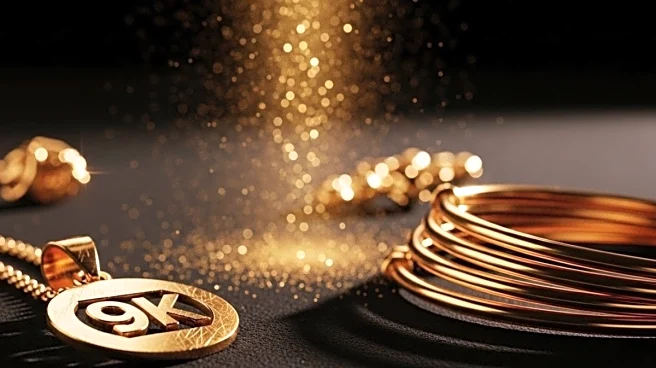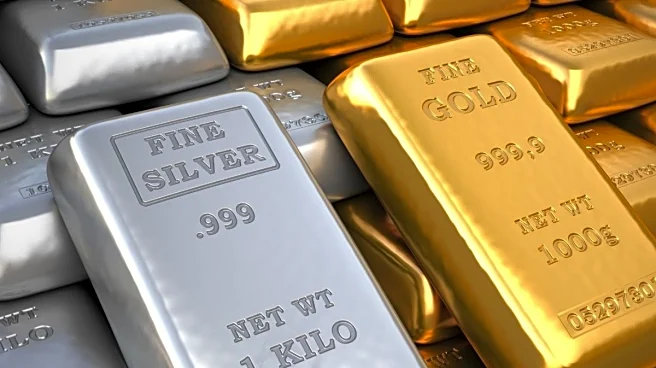Gold is shining, with an overall return of over 60 per cent year to date. The macroeconomic uncertainty, central bank’s buying, and Fed rate cut push the yellow metal to the record high, reaching to over $4,000
per ounce in the global spot market.
In India, the demand of gold-based jewellery is higher at this time due to festivals such as Dhanteras. The rising price of gold, however, has dampened the jewellery buyers this season, with a sharp drop in sales of retail jewellery firms.
Due to rising gold cost, consumers are looking to buy jewelleries with lower grade carats – 22K, 20K, 18K, and 14K
In July, the government approved the hallmarking standards for 9-carat (9K) gold. It means that it has become a part of the Bureau of Indian Standards (BIS) hallmarking system.
What Is Carat in Jewellery?
A carat determines the gold purity content in a jewellery. 24K gold means it contains 99.9 per cent pure gold. As the carat number decreases, so does pure gold content.
In India, genuine gold jewellery comes with a BIS (Bureau of Indian Standards) hallmark. Hallmarking is the accurate determination and official recording of the proportionate content of precious metal in precious metal articles.
Here are the commonly used gold markings, along with their percentages:
24 K – 99.9% pure gold (999)
22 K – 91.7% pure gold (917)
18 K – 75% pure gold (750)
14 K – 58.3% pure gold (583)
9K jewellery is lowest in the category to date. It contains 37.5 per cent pure gold (9 parts gold out of 24). The remaining 62.5 per cent consists of alloy metals like copper, silver, or zinc.
Should You Consider 9K Jewellery?
Aksha Kamboj, Vice President, India Bullion & Jewellers Association (IBJA) and Executive Chairperson, Aspect Global Ventures said as quoted by ET Wealth that the lower carat allows for a lighter ticket entry and so many buyers are willing to take a lower carat of either 14K or even 9K gold to keep an exposure to the gold asset class.
Vijay Kuppa, CEO, InCred Money as quoted by ET wealth argued that lower percentage of gold may not necessarily mean inferior gold. He added that 9K or 14K gold is practical for a durable, affordable piece of fashion jewellery for everyday wear, because of alloy content.
Should You Consider For Investment?
However, experts caution against using 9K for investment purpose. Kuppa argued that investors must choose highest purity, typically 22k for jewellery or 24K for coins, bars, and digital coin, while investing or asset building.
Prithviraj Kothari, Managing Director at RiddiSiddhi Bullions Ltd., President of India Bullion and Jewellers Association Ltd. as quoted by ET wealth also agreed with it, saying that 9K gold (37.5% purity) is not suitable for investment in India.
“22K (91.6% purity) and 18K (75%) gold are better options for jewellery and investment since more of their resale value is linked to gold prices in the market, while 14K and 9K are mainly for fashion jewellery,” says Prithviraj.
He added that having smaller amounts of purer gold (18K or 22K) is far superior than larger amount of 9K gold.
In conclusion, it’s okay to use 9K for jewellery as it is durable and inexpensive in comparison to higher grade karats. But when it comes to investing, experts urge to go for higher purity 22k or 24K due to intrinsic value.



/images/ppid_a911dc6a-image-176034043360781208.webp)

/images/ppid_59c68470-image-176033753190398728.webp)






/images/ppid_a911dc6a-image-176027114445645983.webp)


